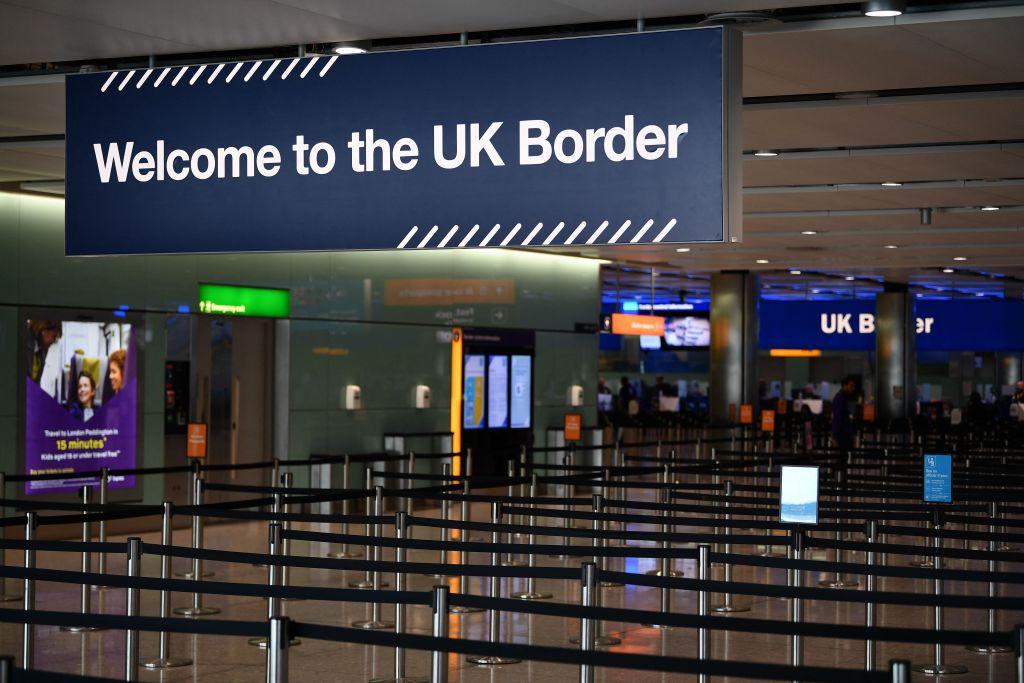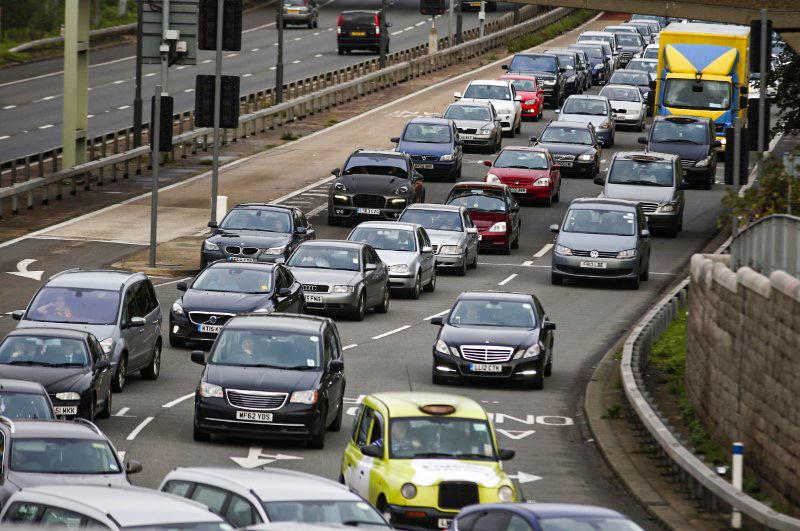Net migration is unlikely to drop below pre-Brexit levels by the end of the decade, remaining at around 250,000 to 350,000 a year, according to an expert forecast.
But figures are likely to fall sharply from the current record high over the coming years, according to the Migration Observatory at the University of Oxford and the London School of Economics (LSE).





